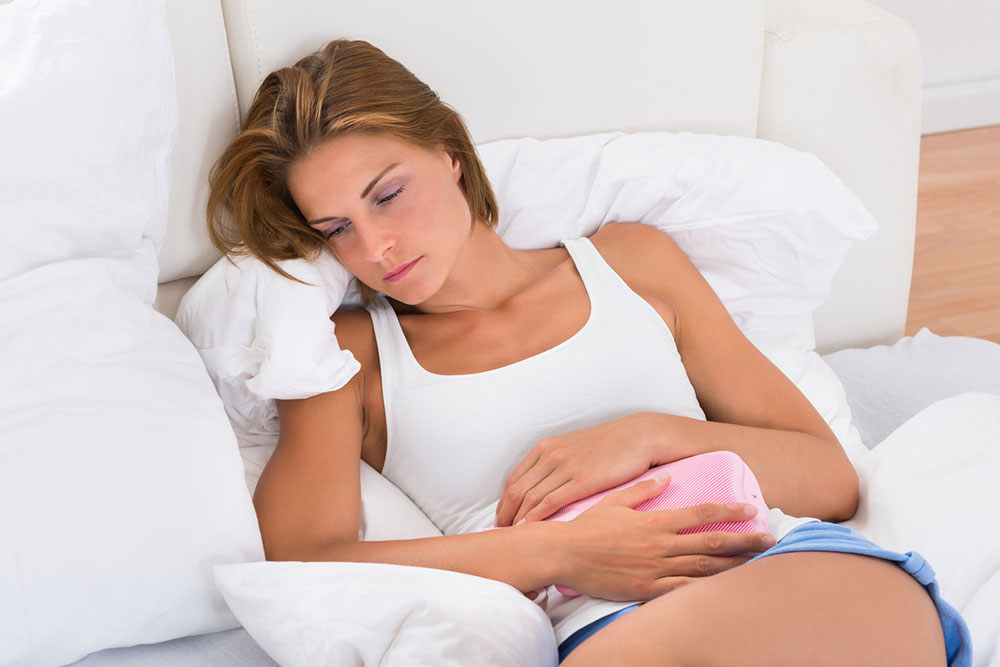Urinary tract infection – Causes, symptoms, and management

Urinary tract infection is a severe health condition that affects any part of the urinary system. This system includes organs like the kidneys, uterus, bladder, and urethra. However, the bladder and the urethra are usually the most affected by it. According to studies, women are at a higher risk of developing this condition than men. Here’s a detailed analysis of this condition’s signs and symptoms, causes, and possible treatment options.
Causes
UTIs occur when bacteria enter the body through the urethra and spread to the bladder. Although the urinary system is designed to combat these bacteria, it may be unable to do so occasionally, resulting in an infection. Certain risk factors contributing to this infection include a weakened immune system, catheter usage, recent urinary procedures, blockages in the urinary tract, and pre-existing urinary tract issues.
Symptoms
In some cases, the symptoms are not visible. However, there are a few signs to be aware of, such as:
- A burning sensation when urinating
- Urinating more than usual but passing only small amounts of urine
- A strong odor of the urine
- A persistent urge to urinate that does not go away
- Urine that looks cloudy
- Signs of blood in the urine, such as red, bright pink, or cola-colored
- A symptom that is felt explicitly in women is experiencing pelvic pain. This is felt in the pelvis’s center and around the area of the pubic bone.
Getting a proper diagnosis for older adults is important, as these symptoms may be overlooked or mistaken for other conditions.
Treatment options
The doctor will recommend a treatment plan for those with UTI based on the diagnosis and the underlying cause. Nonetheless, certain lifestyle remedies can assist in the healing process. These include:
- Drinking sufficient water will help dilute the urine and flush out the toxins (bacteria) from the bladder.
- Using a heating pad to decrease the pelvic pain. It can be used on the belly to help with the bladder pressure and relieve the discomfort.
- To prevent bladder irritation during the treatment phase, it is advisable to avoid certain drinks. These include coffee, alcohol, and soft drinks that contain citrus juice. Such elements tend to irritate the bladder, causing an increase in the frequency of urination.